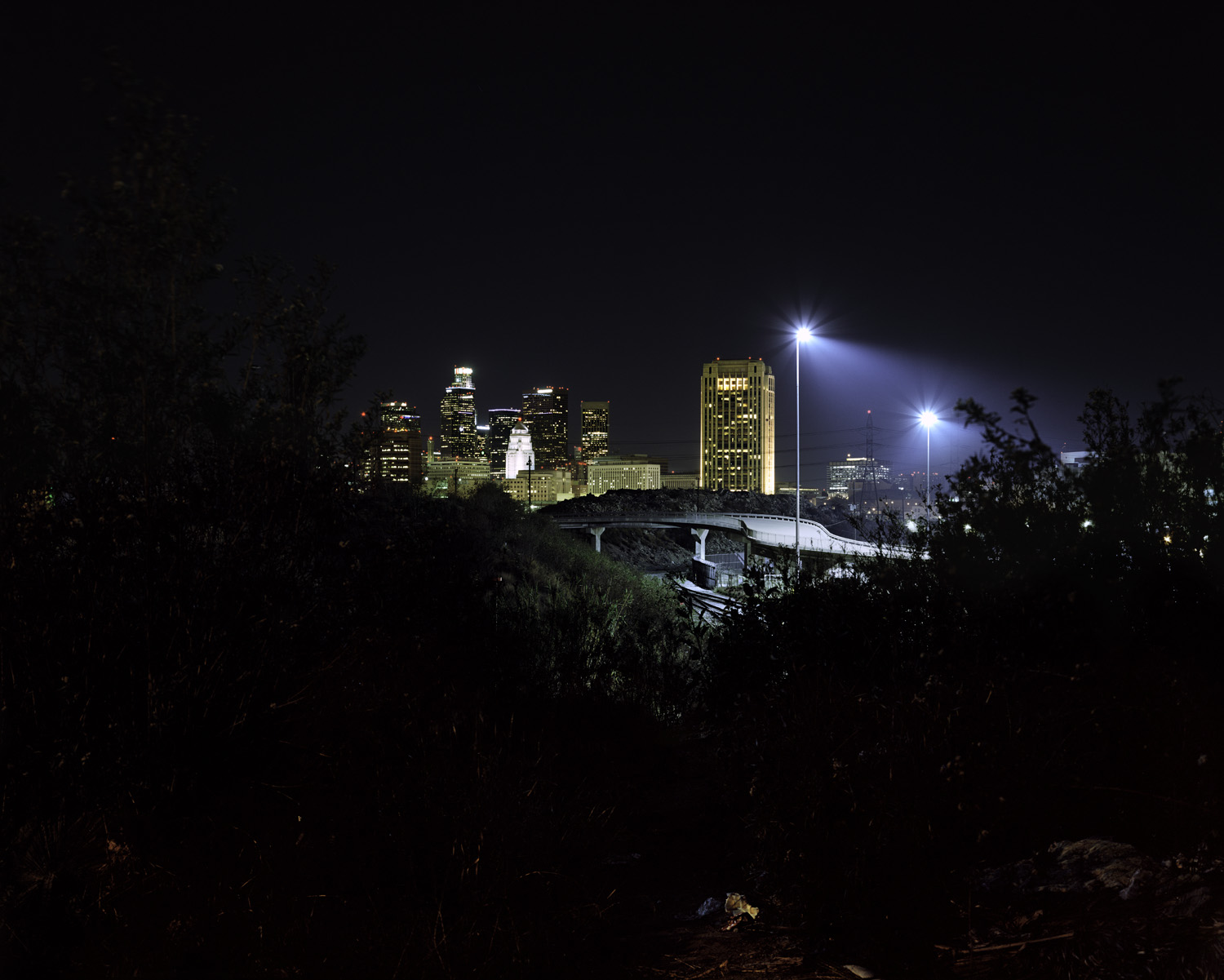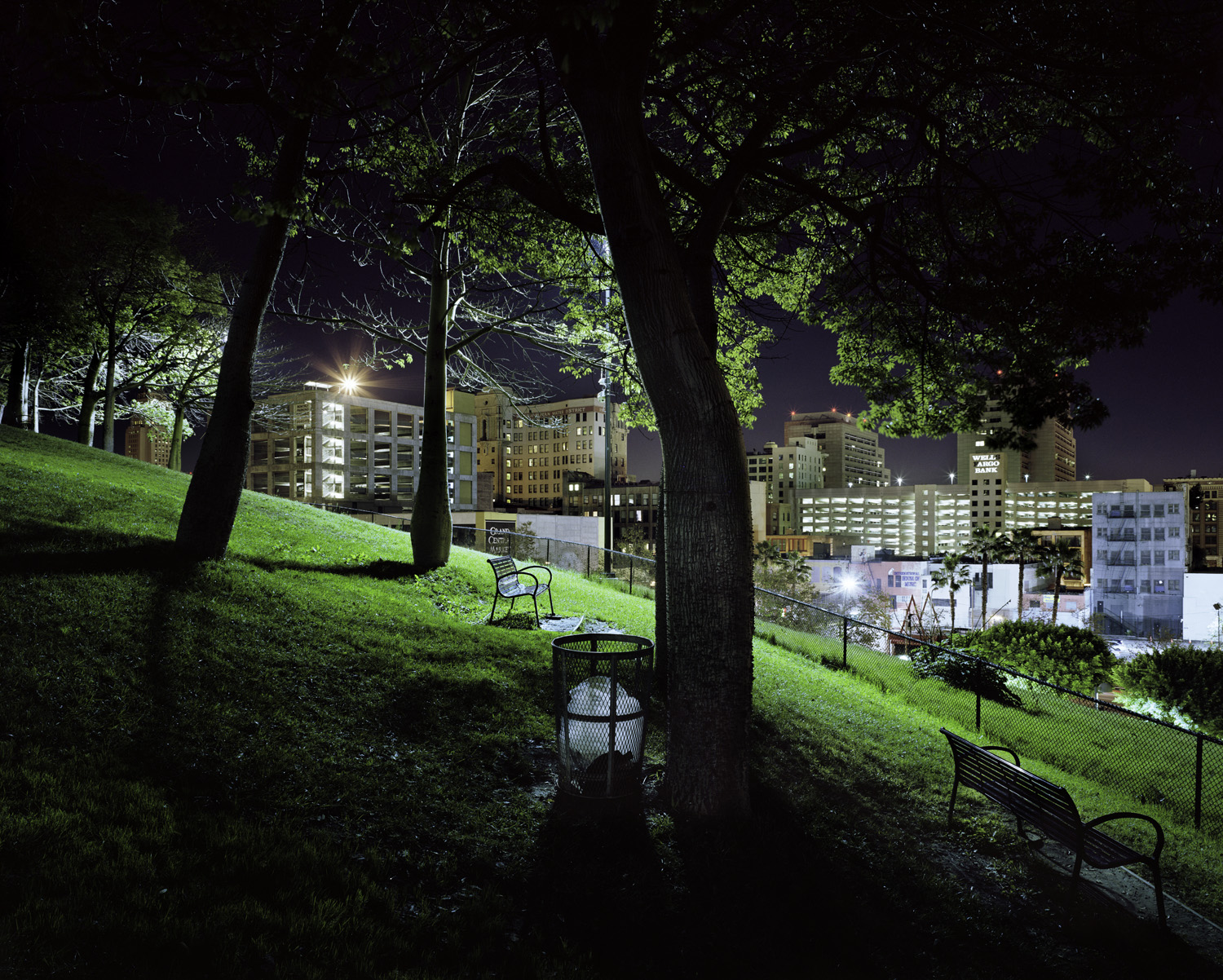Name: Zack Herrera
City: Los Angeles
Website: www.zackherreraphoto.com
Preferred Social Network: Facebook & Instagram
When did you begin listening to The Candid Frame?
I am a fairly new listener. I didn’t start till this year. And yes, I was living under a rock. I didn’t comprehend the power of Podcasts till this year. Happy to say this is one of my regulars now.
How long have you been shooting and what inspired your interest in photography?
I am approaching ten years of shooting. Which is unbelievable in some ways because it still feels so new to me. My grandmother is a real artist: oil painter, sketches, collages, print maker, and so forth. So needless to say, I was encouraged at a young age to tap into my creativity. But rendering wasn’t for me. Drawing was fun but most definitely never stuck. It wasn’t until a trip to Guadalajara, Mexico that photography became a source of intrigue. I also have to credit one of my first photography professors, after seeing my work, told me to research Lewis Baltz and New Topographics. After that, there was no going back. Been at it ever since.
Do you have a preferred genre or specialty of photography? Why?
I like to simplify photography for myself and for others. I would say most photographers are shooting either People, Places, or Things. As photographers we are structuring the experience of life, which means every photograph can in some ways be considered a still life. I fall under the category of landscape photographer, more specifically social landscape. The man-built, man-lived, and man-conceieved landscape offer powerful insights into this huge society we are a part of.
What subject matter, themes, ideas do you like to explore or inspire your photography? Why?
I am definitely an American artist, exploring American themes. I use my hometown of Los Angeles as a sort of platform to discuss further reaching topics that apply to many other cities in this country : Our love affair with the automobile, city planning and design, experience of time and history, small town America, small business vs corporate America, and more. Los Angeles was the first great city built after WWII, and has been used as a blueprint for other metropolitan cities that came after. Photography, more specifically documentary photography, has the power to inform, teach, and infuse. No matter what, if it was photographed, it existed. Hard to contend with that. Powerful medium.
What creative or professional goals do you have?
This is a great question and one that should be confronted early on in your career. Though like life, your art career fluctuates. To get to the marrow of this question, I would say my goal is to have as many people as possible view my work. Second, to have my work included in large collections. Third, to have a few galleries sell my work on a national and global scale. Fourth, teach photography and continue making work for as long as I can.
Do you have an interesting story or anecdote for one of the images you have submitted in your portfolio?
Robert Adams said that the beginning of a project always begins with a gift- a photograph that changes you and makes you want to explore further. My first photograph for my series ‘Downtown Oz’ was like that. I found a great vantage point, that I had never seen used before of the Downtown LA skyline. There is a huge grassy knoll that is fenced off and full of tall weeds and trash blown in over time. Below are the train depots, and across from you is the city dump. I still wonder why this space is not used for a building or parking lot. But for now, the field acts as a den for drug users and vagabonds using the vegetation as coverage from the elements of the city. As you can imagine, a man with a large camera and a tripod does not sit well with people spun out on crystal meth. My first visit to this field I was not accompanied by anyone, I went in alone not knowing what to expect. As I walked in, heads started to appear and voices began grumbling. I persisted and found a great lookout, started to set up and block out the noise with my dark cloth. But there was too much going on behind me to ignore. I turned around and realized there were about a half dozen men looking at me, slowly approaching me. I had made a mistake coming alone. I spoke with a big deep loud voice, said I wasnt affiliated with the LAPD, and walked myself out. I ended up going back to the spot about ten other times until I finally got the shot I wanted, but I learned a lot. The field has since been cleared out.
Do you have personal projects that you have or are working on that we would find of interest?
I now live in San Pedro, after living in Glendale/Pasadena area most of my life. The effects of the recession are sometimes invisible in the big cities, it is not until you travel further out to small town America that you really see the change. People retiring to their RV’s, entire city streets closed and abandoned, Wal-Marts full of bored kids who have nothing better to do, and more. But when I moved to San Pedro I realized that it wasn’t invisible completely. The containerization and mechanization of our shipping practices has lead to an entire job force being replaced. An entire town lost its utility to technology. One of the oldest and most overlooked towns in LA is San Pedro. This project dives into the men that built this town, and what, if anything, is left behind from their labors. Like a lot of LA history, this story has been nearly forgotten by the rest the town.
What is your favorite piece of equipment, software or accessory that makes a difference in your photography? Why?
I am a purist. The first time I saw an image on my ground glass, there was no going back. I just don’t see how it can get any better than that. No electronic parts to break, just a simple light tight box, my lens, and the film plane. With that said, the tripod is probably the most important part of my arsenal. It sounds obvious because I shoot with a big camera. But I think a tripod makes you a better photographer. You have to really want a shot to sit down, park yourself, and commit. It has made me a better photographer. I have a large solid Manfrotto tripod that is used for motion cameras. It is overkill. Butwhen you’re exposing for long periods of time, near a bus stop, on a windy night; you can rest easy knowing you got a sharp focus the first time.
What tip or suggestion has best helped your development as a photographer? Why?
This changes as you mature. But looking at as much photography as possible never loses it’s value. I can look at photography all day, I really can. But the real use in this activity is knowing what /who has come before you, what has been made or being made, and where you can fit in. Having respect for those who came before you is huge, which is hard without context, but that is your duty as an artist-give yourself context.
Which episode of the Candid Frame photoraphy podcast would you recommend to others? Why?
Tough question, I guess it matters where that listener is in his/her journey and what they are seeking. For me, the Zack Arias interview struck a nerve. Not only does he have the same name as me, but his methods in thinking are similar to mine. His honesty, work ethic, and experience is priceless. An interview like that helps set the bar high, but also gives you comfort that your dreams are possible.







